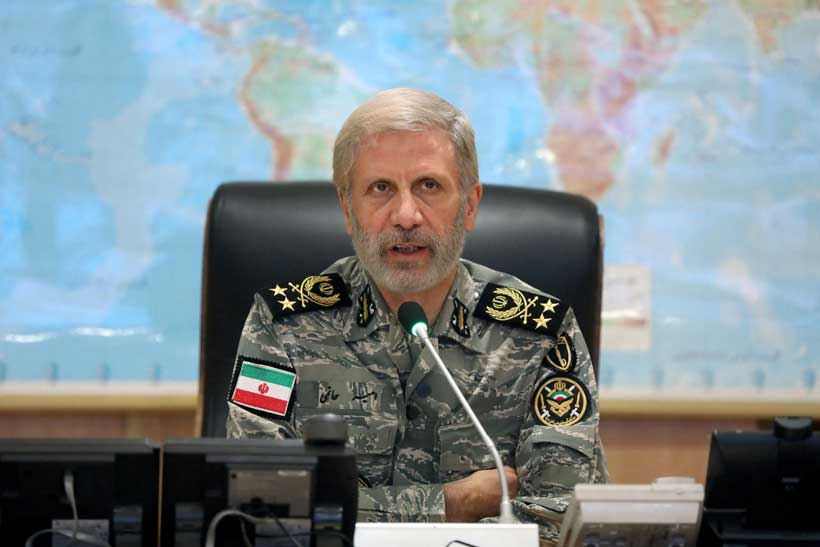Iran’s Deadly Crackdown on Alleged Israeli Spies Intensifies
NEWS BRIEF Iran executed a man on Saturday accused of spying for Israel, the latest in an escalating series of death sentences carried out amid a deepening shadow war between Tehran and Jerusalem. The execution, described by human rights groups as based on coerced confessions, underscores Iran’s harsh response to perceived security threats and the […]
The post Iran’s Deadly Crackdown on Alleged Israeli Spies Intensifies appeared first on Modern Diplomacy.
